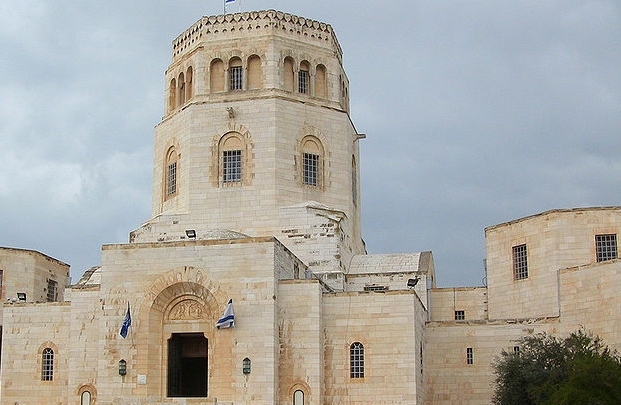Archaeologists have discovered an ancient mosaic in Yavne, dating back to the Byzantine period.
The excavations occurred in Yavne, an important city in Israel. The excavations were carried out in a region that is documented as an industrial centre in the 4th and 5th century BCE. The discovered mosaic was well-preserved, despite considered to be around 1600 years old. It has been traced back to the Byzantine empire, which first formed in the 4th century BCE and went on as one of the longest-reigning empires in history. The information about the discovery was made public by the Israel Antiquities Authority.
The unearthed mosaic was initially covered in a glossy substance called Platina. The number of this substance increases as the age of the object. The mosaic was carried to the Rockefeller Museum in Jerusalem where a careful investigation and preservation exposed the real pattern of the mosaic. The mosaic featured a pattern of geometric motif, covered with multiple brilliant colours and set against a black rectangular frame.

The mosaic was not the only object unearthed during the excavations. Many ancient coins, dating back to the same era, were also found. Previously, archaeologists have also discovered ancient winepresses and even a wine warehouse in the region. All of these objects would be displayed in an upcoming museum being built in Yavne.
Speaking to the press about the discovery, the mayor of Yavne Zvi Gur-Ari said that archaeological preservation was an important life value in Yavne. He also added that in a time of progress and development, people must also be able to see how they reached where they are today.


